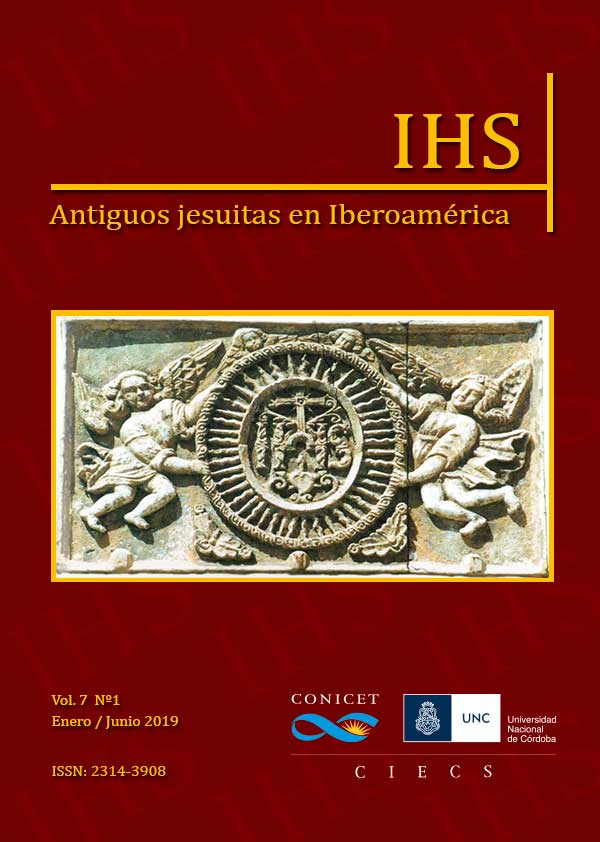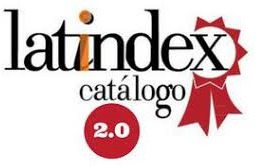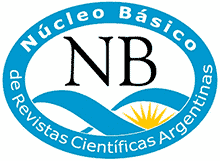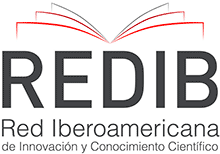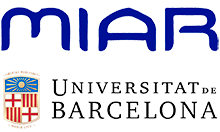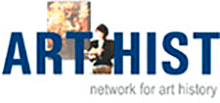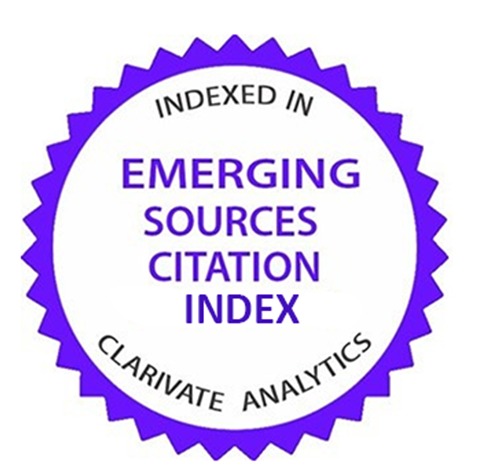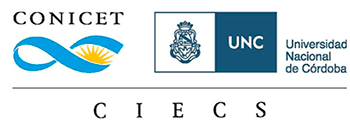The Ratio Studiorum and its link withthe first Argentine university
DOI:
https://doi.org/10.31057/2314.3908.v7.n1.24775Keywords:
Ratio Studiorum, University of Cordoba, education, Jesuit Province of ParaguayAbstract
The work that we present aims to reflect on the incidence of the Ratio Studiorum in the humanistic formation of the University of San Ignacio de Córdoba (Argentina). It aims to contextualize the Ignatian model completed in 1599 and its application in this academic center, located at the headquarters of the Jesuit Province of Paraguay. The model of the Ratio was linked to the constitutions of the university dictated in 1663, forming a theoretical-practical body of pedagogical functioning that extended until the Suppression in 1773. The new organizational structure is one of the factors of relevance of this teaching-learning system. Each actor, from the provincial, through the rector, teachers and students were developed within a framework of harmony. Even the procurator, whose mission was to make teaching free through the maintenance of a network of media that provided what was necessary for that purpose. The school organization started from the curriculum, or curriculum, whose basic structures were philosophy and theology. Within this framework are framed texts inclined to the philosophical system proposed by Aristotle in Antiquity and developed and interpreted from the Christian perspective by St. Thomas. But we also address the institutional everyday in the income and promotion of the student, the school calendar, public events and other resources that formed an integral formation that educated an elite that came to question the political system of his time.
Downloads
References
Altamira, L. R. (1943). El seminario conciliar de Nuestra Señora de Loreto. Colegio Mayor de la Universidad de Córdoba. Córdoba: Imprenta de la Universidad.
Constituciones de la Compañía de Jesús y sus Declaraciones (Roma, 1908: fototip.). [Ed. bilingüe] (Roma, 1606. Madrid, 1892).
Furlong SJ, G. (1944). Historia del Colegio del Salvador y de sus irradiaciones culturales y espirituales. Buenos Aires: Colegio del Salvador.
Furlong SJ, G. (1952). Nacimiento y desarrollo de la filosofía en el Río de la Plata 1536-1810. Buenos Aires: Guillermo Kraft limitada.
Díaz Díaz, G. (1980). Hombres y documentos de la filosofía española. Vol. 1 Madrid: Consejo Superior de Investigaciones Científicas.
Funes, G. (1832). Plan de estudios para la universidad de Córdoba… Córdoba: Imprenta de la Universidad.
García Villoslada, R. (1954). Storia del Collegio Romano dal suo inizio (1551) alla soppressione della Compagnia di Gesù (1773). Roma: Universitatis Gregorianae.
Hanisch Espínola, W. (1991). “La teología en Chile Hispano”. Teología y Vida, Vol. XXXII, pp. 61-91.
Institutum Societatis Jesu. Auctoritate Congregationis Generalis XVIII. meliorem in or-dinem digestum, auctum, et recusum (1757) Pragae: typis Universitatis Carolo-Ferdinandeae in Collegio Societatis Jesu ad S. Clementem, 2 Vol.
Leonhardt SJ, C. (1927). Documentos para La Historia Argentina. Tomo XIX, Iglesia. Cartas Anuas de la Provincia del Paraguay, Chile y Tucumán de la Compañía de Jesús (1609-1614). Buenos Aires: Facultad de Filosofía y Letras.
Lukács, L. (2001). “Ratio Studiorum”. En O´Neill SI, Charles E. y Domínguez SI, Joaquín Ma. (Directores). Diccionario Histórico de la Compañía de Jesús. Biográfico Temático. Roma-Madrid: Institutum Historicum SI-Universidad Pontificia de Comillas.
Martínez Paz (comp.). E. (1944). Constituciones en Córdoba, Universidad Nacional de Córdoba.
Page, C. A. (2004). “El Padre Joaquín Gazolas SJ, primer rector del convictorio de Nuestra Señora de Monserrat. Orígenes y primeros tiempos de la Institución”. Revista de la Junta Provincial de Historia de Córdoba, Nº 21, pp 119-136.
Page, C. A. (2008): "Reglamentos para el funcionamiento de las haciendas jesuíticas en la antigua provincia del Paraguay", Dieciocho. (31.2), Virginia, The University of Virginia, pp. 283-304.
Page, C. A. (2016). El Camino de las estancias. Las estancias jesuíticas y la Manzana de la Compañía de Jesús Córdoba (Argentina). Córdoba: Báez Ediciones (4 edición).
Paucke SJ. F. (2010). Hacia allá y para acá. Memorias. Santa Fe: Ministerio de Innovación y Cultura.
Perpere Viñuales, A. (2017). “Pedro de Oñate, discípulo de Francisco Suárez en Latinoamérica. Su reflexión sobre el origen, los límites y las funciones del rey”. Cuariensia, Revista anual de ciencias eclesiásticas. Extremadura, Vol. XII, pp. 213-226. http://www.cauriensia.es/index.php/cauriensia/article/view/XII-EMO10/272
Rodríguez Brizuela, R. (1985). El obispo Mercadillo y la Universidad Dominica en Córdoba. Córdoba: Junta Provincial de Historia.
Torres Saldamando, E. (1882). Los Antiguos jesuitas del Perú. Biografías y apuntes para su historia, Lima: Imprenta Liberal.
Vargas Ugarte SJ, R. (1963). Historia de la Compañía de Jesús en el Perú, (Burgos, Aldercoa, T. II.
Downloads
Published
How to Cite
Issue
Section
License
Los autores/as que publiquen en esta revista aceptan las siguientes condiciones:
- Los autores/as conservan los derechos de autor y ceden a la revista el derecho de la primera publicación, con el trabajo registrado con la licencia Atribución - NoComercial - CompartirIgual de Creative Commons que permite a terceros compartir (copiar y redistribuir el material en cualquier medio o formato) y adaptar (remezclar, transformar y construir a partir del material) bajo los siguientes términos: Atribución — se debe dar crédito de manera adecuada, brindar un enlace a la licencia, e indicar si se han realizado cambios. Puede hacerlo en cualquier forma razonable, pero no de forma tal que sugiera que usted o su uso tienen el apoyo de la licenciante. NoComercial — no se puede hacer uso del material con propósitos comerciales. CompartirIgual — si remezcla, transforma o crea a partir del material, se debe distribuir su contribución bajo la la misma licencia del original. Los autores/as pueden realizar otros acuerdos contractuales independientes y adicionales para la distribución no exclusiva de la versión del artículo publicado en esta revista (p. ej., incluirlo en un repositorio institucional o publicarlo en un libro) siempre que indiquen claramente que el trabajo se publicó por primera vez en esta revista.
- Se permite y recomienda a los autores/as a publicar su trabajo en Internet (por ejemplo en páginas institucionales o personales) antes y durante el proceso de revisión y publicación, ya que puede conducir a intercambios productivos y a una mayor y más rápida difusión del trabajo publicado (vea The Effect of Open Access).

